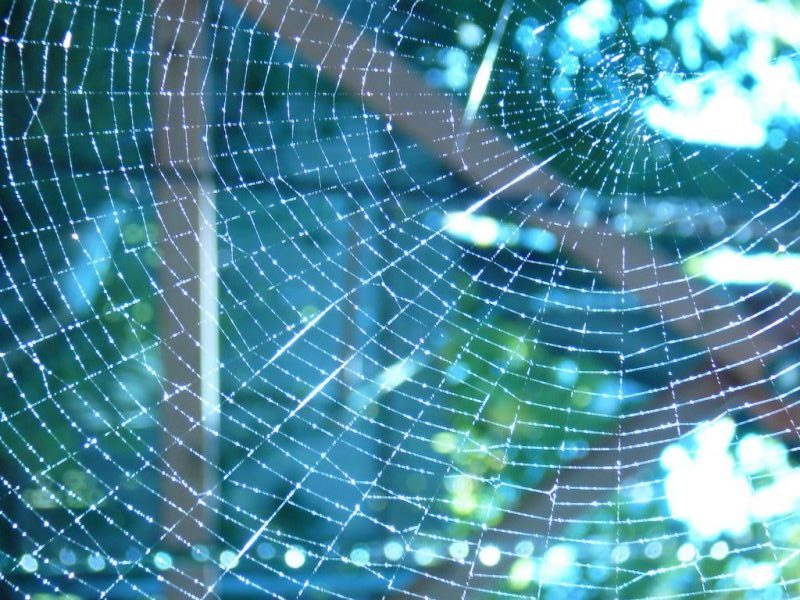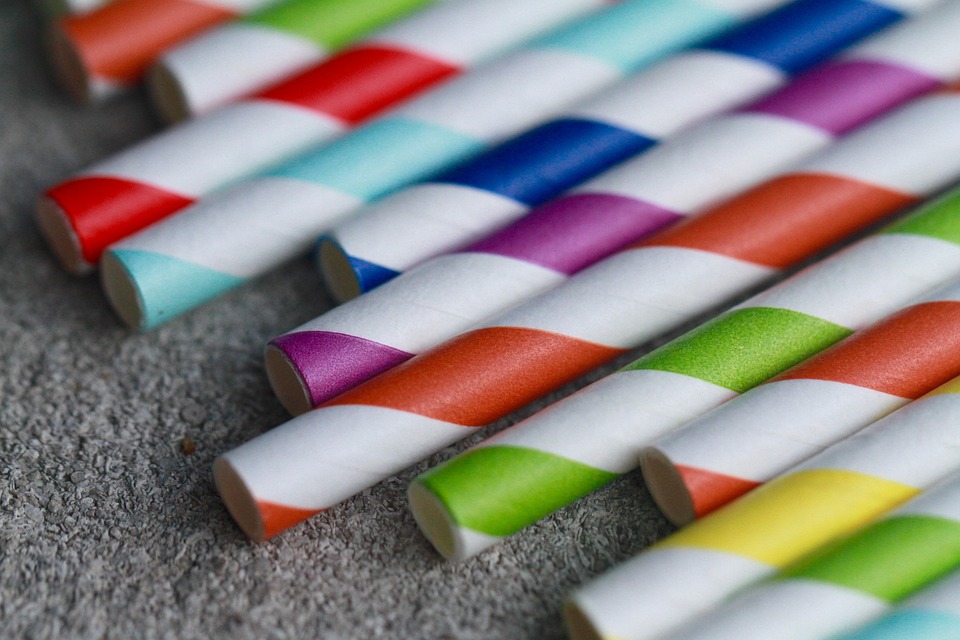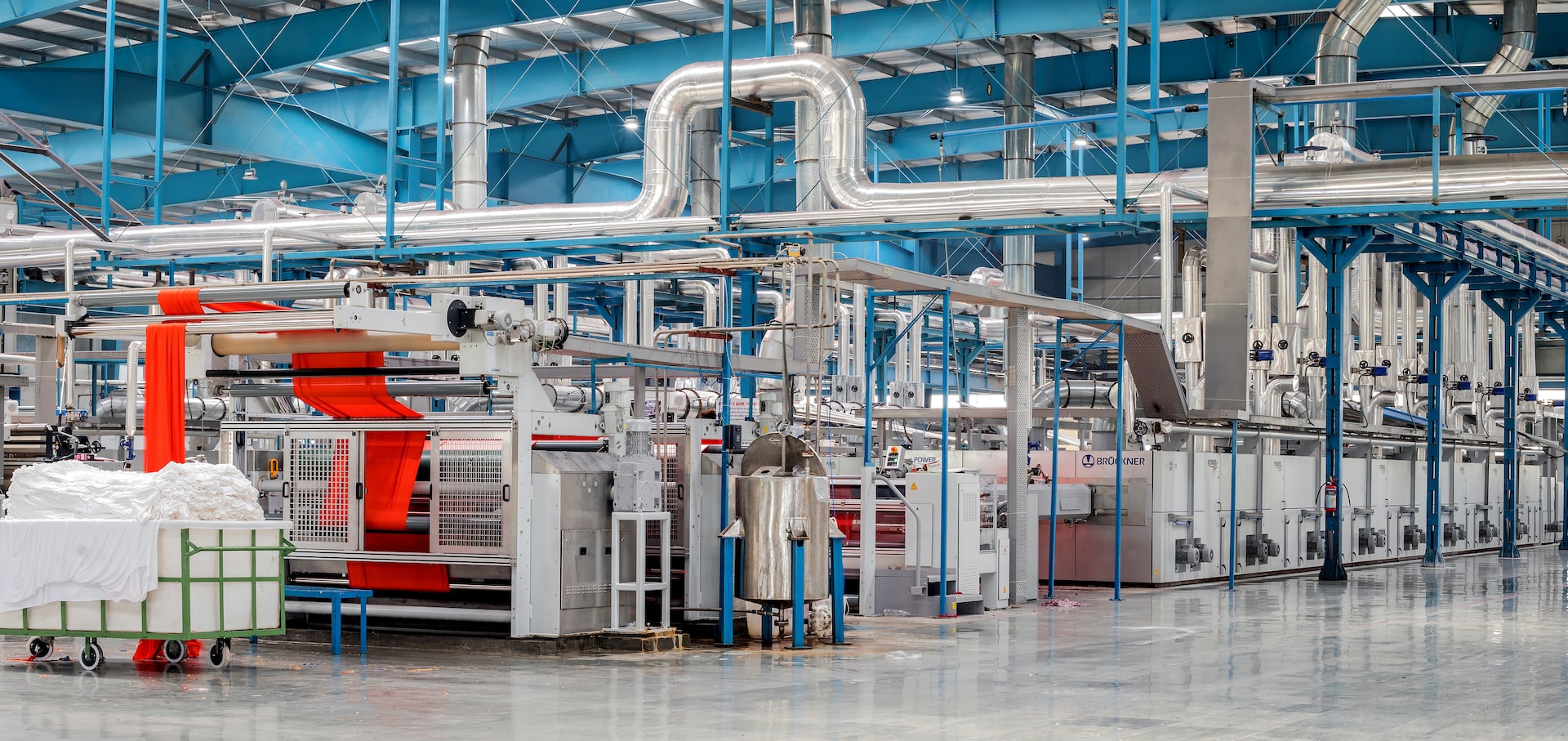Microplastics, the tiny pieces of plastic are the biggest environmental challenges for both humans and nature. It is a growing issue, but scientists are not yet certain about the consequence of these tiny pieces of plastic.
They are found everywhere and in everything like deep oceans, Antarctic ice, drinking water, beer, and even in our blood.
These microplastics can travel in the air and will keep floating through the atmosphere until they are stopped
Now scientists are planning to capture and monitor these air pollutants using spider webs. Researchers at the Germany’s University of Oldenburg examined the webs of spiders for microplastics.
They discovered that these natural Spider webs are a simple and inexpensive means of monitoring air pollution by microplastics. Researchers found that sticky, silken strands of spiderwebs are ideal for monitoring microplastic pollution and identifying particularly polluted areas.
Research findings have been published in the journal Science of the Total Environment.
“Spiders are found all over the world, including in cities,” says organic geochemist Barbara Scholz-Böttcher.
“Their sticky webs are an ideal trap for anything that floats through the air.”
Researchers discovered that amounts of microplastics depended upon the location
But they found that all the spiderwebs were contaminated with microplastics. In some cases, microplastic contamination caught in spider webs even accounted for a tenth of the weight of a web. They found that about 90% of the plastic consisted of PET, PVC, and material from car tires. However, amount of tire debris varied with the amount of traffic on the nearby roads.
“The sampling is simple and no special sampling devices are necessary,” the researchers write in their paper.
“Covered bus stops are popular all over the world and orb-weaving spiders occur in nearly every habitat on Earth. Therefore, spiderwebs are an easily accessible medium around the globe to mirror microplastics in urban air.”







